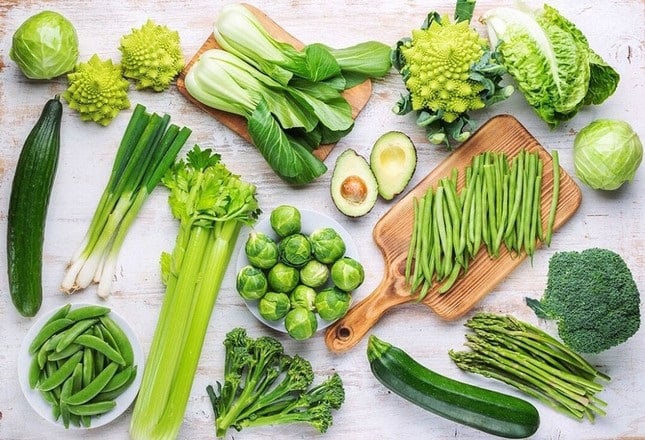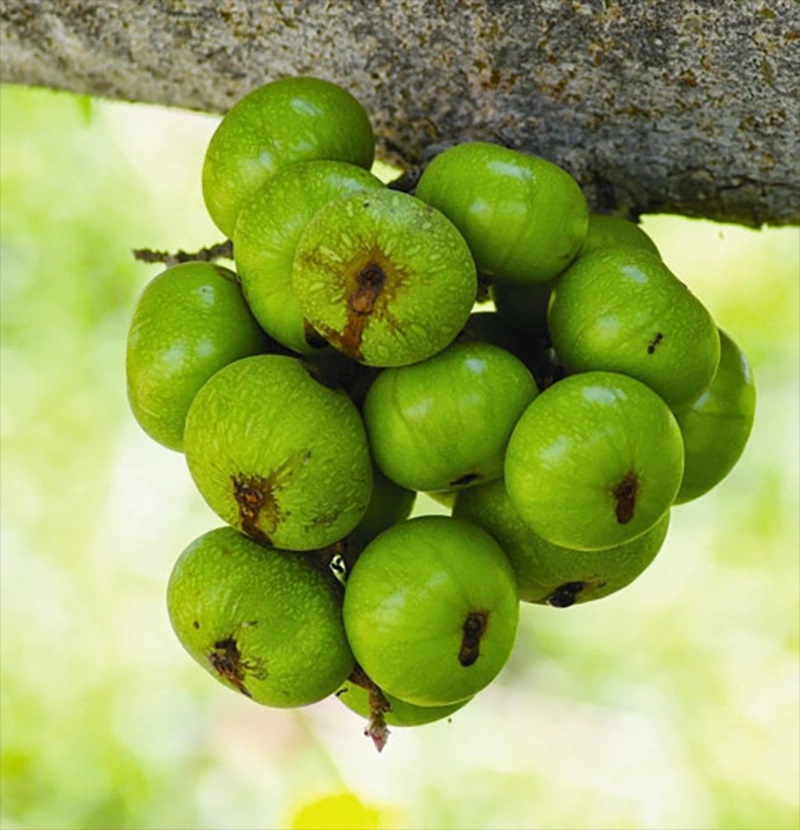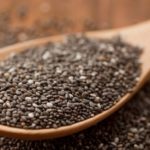Carrot: The Invisible “Blood Sugar Index” Vegetable
Carrots have a Glycemic Index (blood sugar index) value of 71, making them a high glycemic food. Carrots also have a very high energy content, with 100g of carrots equivalent to 40g of rice or 20g of steamed buns.

If you want to eat root vegetables, it is recommended to choose white turnips, which are suitable for people with diabetes. White turnips have much lower energy content, with 100g of white turnips providing only 16 kcal of energy.
Celosia: The Neglected High Energy Vegetable
Celosia is a high energy vegetable that is often overlooked. Eating 100g of celosia is equivalent to eating 56g of rice or 28g of steamed buns, making it higher in energy than carrots.
Beetroot: Can be Extracted into White Sugar
Fresh beetroot is often used in salads or soups. Beetroot can be extracted into white sugar, so the sugar content and glycemic index of this root vegetable is not low. Beetroot also has a relatively high energy content, with 100g of beetroot equivalent to 74g of rice or 37g of steamed buns.
Lotus Root: The Starchy Vegetable
The Glycemic Index value of lotus root is not very high, but it contains 11.5% carbohydrates, providing 47 kcal per 100g. Other vegetables such as cabbage, rapeseed, and cucumbers have less than 20 kcal per 100 grams.
Therefore, you cannot eat lotus root freely, as it is rich in nutrients, high in fiber, and gives a strong sense of fullness, so it can replace a portion of rice or steamed buns. When eating lotus root, it is recommended to reduce the consumption of other starchy foods.
Green Beans: High Nutritional Value, High Energy
For example, Dutch beans and soybeans have high nutritional value and high energy. Dutch beans have a Glycemic Index value of 48 and 100g provides 264 kcal of energy. Eating 100g of Dutch beans is equivalent to eating 224g of rice or 112g of steamed buns.
Meanwhile, soybeans have a low carbohydrate content but a high protein content of 13.1%, so the energy content is also high. Eating 100g of soybeans is equivalent to eating 111g of rice or 56g of steamed buns.
Fruits and Vegetables Good for Weight Loss:
Sung fruit: Sung fruit is rich in vitamin A, vitamin K, folate, and protein. Especially, the fiber in this fruit makes the body feel full for a long time, effectively reducing blood fat, which is very good for the weight loss process.

Guava: Guava is rich in vitamins, minerals, protein, and fiber. The fiber in guava supports digestion and helps regulate metabolism, which is good for weight loss.
Water spinach: Water spinach contains a lot of soluble fiber, almost no fat, helping to effectively reduce fat. Especially, you can consume this vegetable in large quantities without worrying about excess calories or weight gain.
Lettuce: 100 grams of lettuce only contains 11 calories, 0.4 grams of glucose, and 3 grams of fiber, helping to enhance metabolism and reduce the accumulation of fat in the body.




































